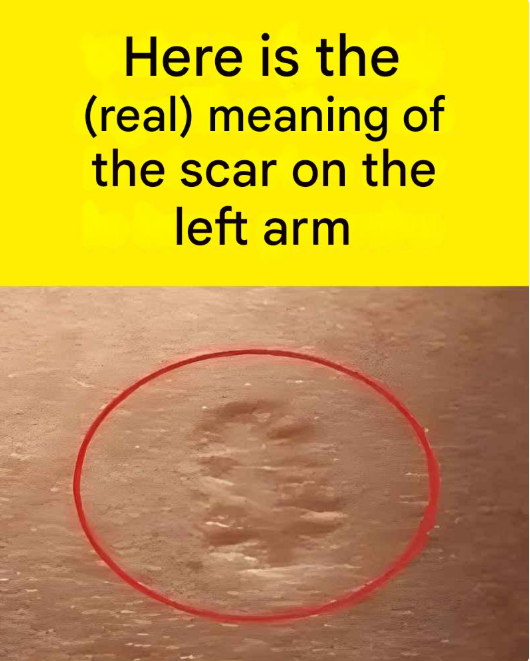A Common Mark… Yet Forgotten
Yes—smallpox. That disease we read about in history books, but which once truly terrified the world. Just a few decades ago, it spread fear everywhere. High fever, intense pain, severe pustules… and often, death. No less.
Thankfully, medicine fought back with a vaccine, which was widely administered in France during the 1950s and ’60s. The result: in 1980, the World Health Organization officially declared smallpox eradicated. A total victory.
But this victory left behind a physical trace: a small scar that almost every child of that era bore proudly, like a badge of bravery.
A Unique Technique That Left a Mark
Back then, vaccination wasn’t like it is today. No quick and invisible shot. The smallpox vaccine required a special tool—a bifurcated needle—that punctured the skin repeatedly. This triggered a visible reaction: a blister, then a scab, and finally, a scar. Permanent.
It wasn’t pretty, but it was incredibly effective. And most importantly, it symbolized something big: an entire society united against a global threat.
A Scar as a Symbol
Today, these marks have almost disappeared from people’s arms. But if you’re over 50 (or your parents are), there’s a good chance a small round scar still sits quietly on the shoulder.
And that scar? It’s more than just a medical souvenir. It’s a silent witness of a bygone era when science, governments, and citizens joined forces to defeat the unthinkable.
And You—Do You Wear It Too?
Take a moment. Look at your arm. Or your loved ones’. Maybe a small scar is still visible there. And if it could talk, it would tell you the story of a world that stood strong—together—to turn the page on a painful chapter of history.

